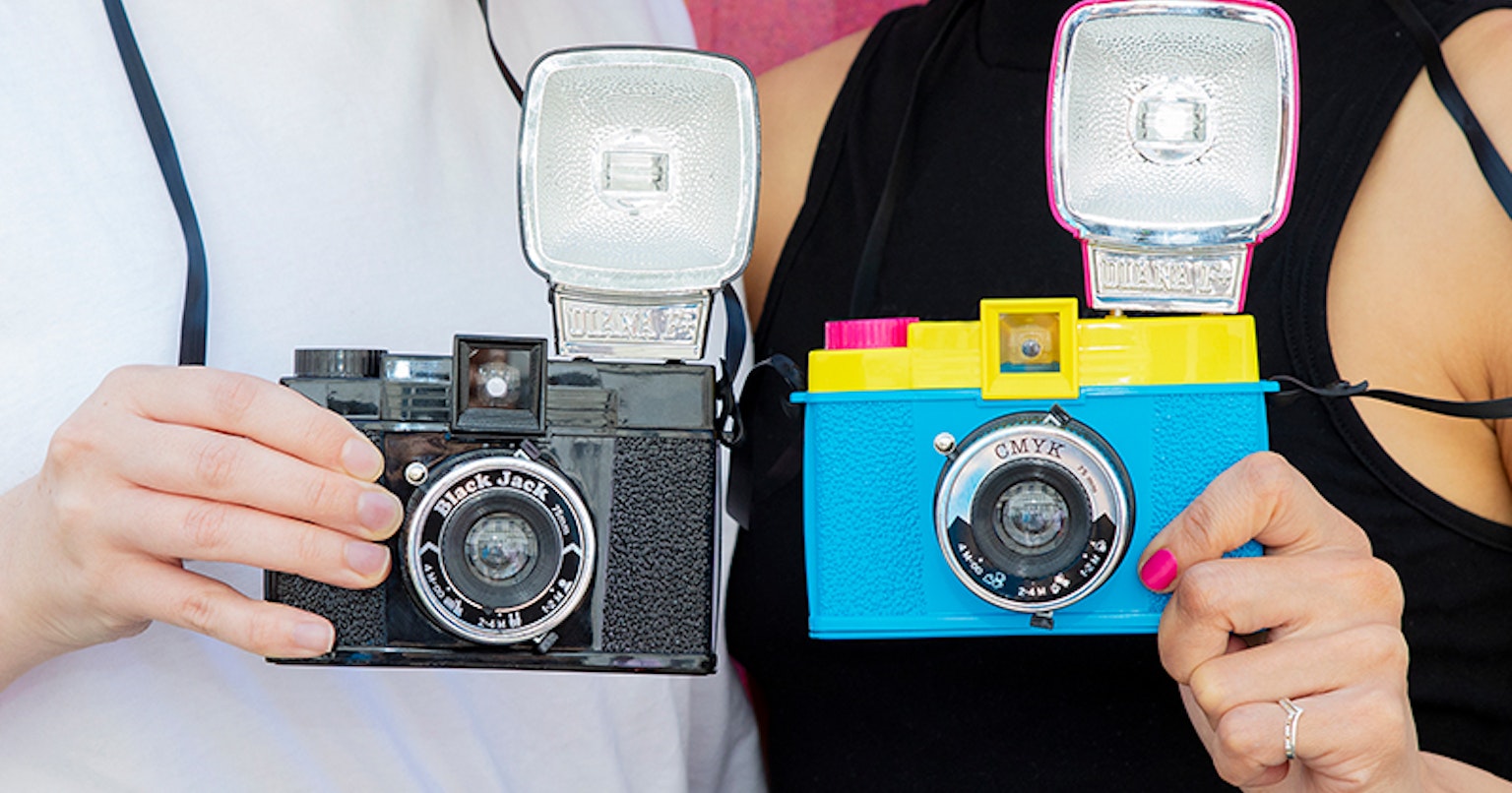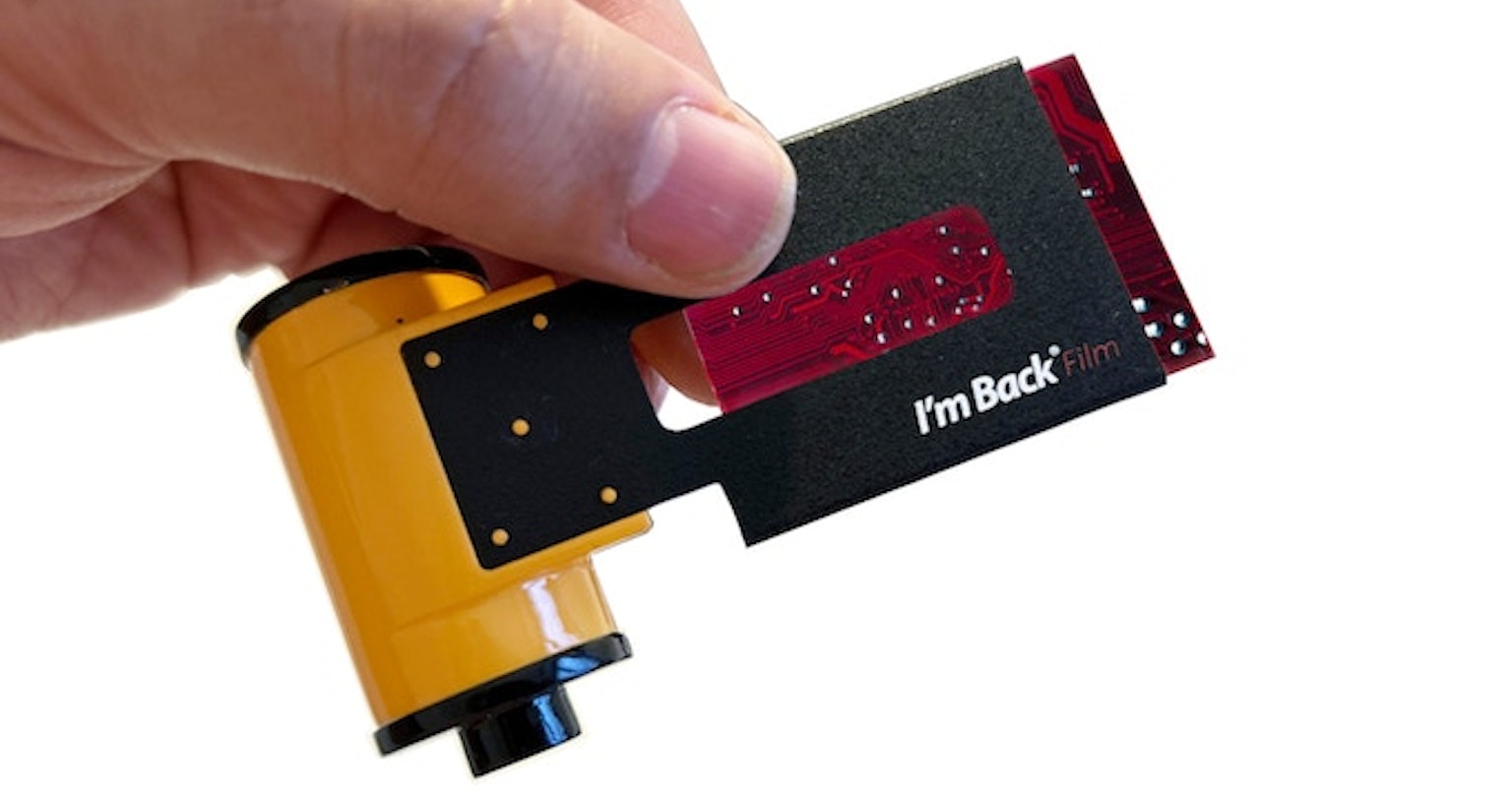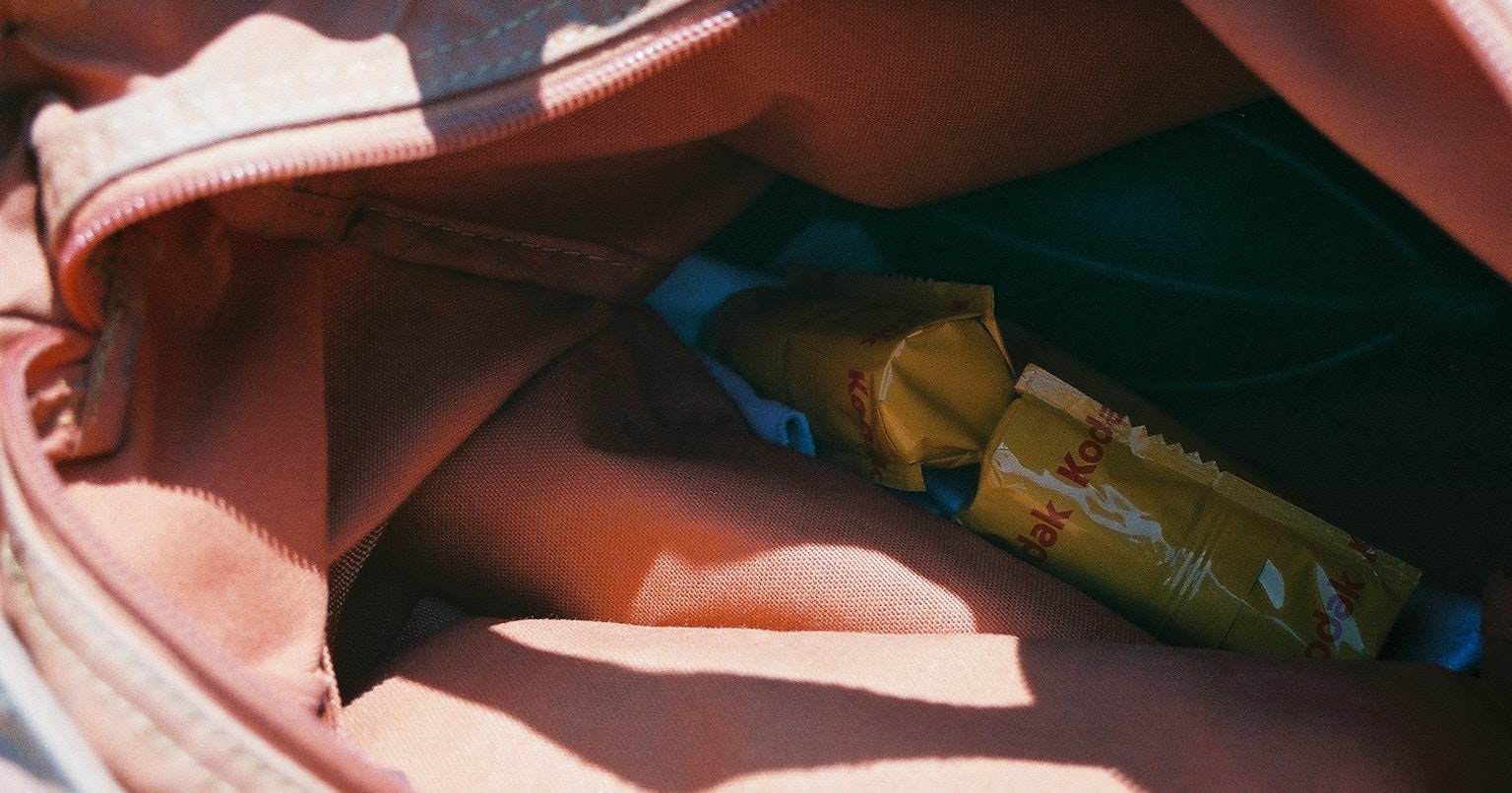The Allure of the Medium Format Camera World You Haven't Discovered Yet | Release #36

When the tools change, so does the artwork.
Photography, compared to other art forms, is a field where the characteristics of the tools used are significantly reflected in the work. For those eager to leap from the standard 35mm film world into a new visual realm, medium format cameras are recommended. This time, we delve into the unique allure of medium format cameras and the joy of immersing oneself in them.
Pause and Observe Before Pressing the Shutter
Medium format cameras are heavier than 35mm film cameras and lack automatic winding features, naturally slowing down the shooting speed. Some medium format cameras, such as twin-lens reflex cameras, adopt waist-level finders that allow you to observe subjects through a large mirror from above rather than at eye level.
This complexity in shooting might feel unfamiliar to those who prefer a quick snap-shooting style. However, from a different perspective, it can be seen as an opportunity to spend more time considering composition and exposure for each photo. Once accustomed to the operation, you can enjoy the world of medium format cameras, taking each shot slowly.
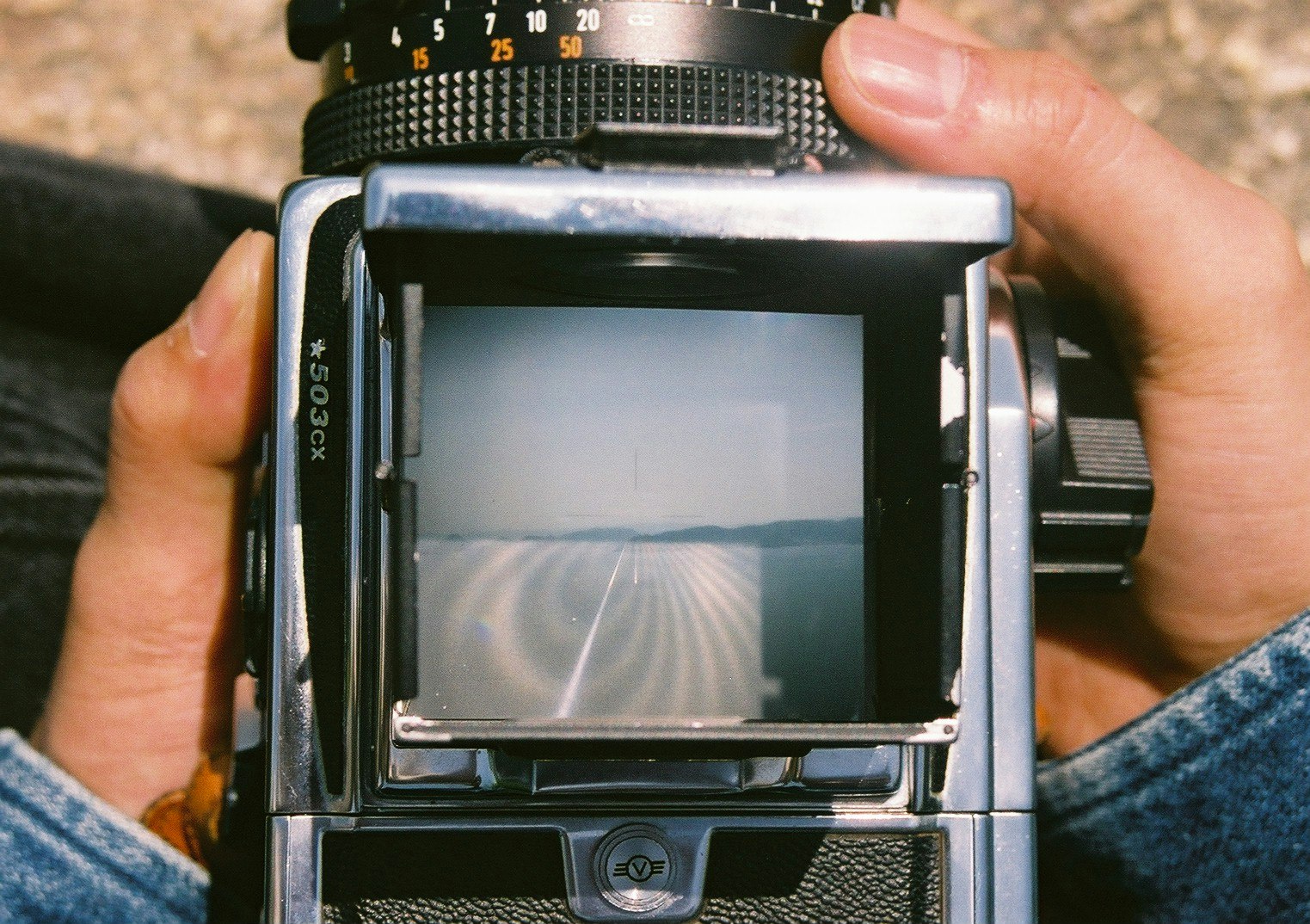
Waist-level Finder
Expanding Time for Photographic Thinking
As the number of shutter presses decreases, so does the number of remaining photos. Inevitably, the way you perceive each photo changes. You can spend time reviewing each photo, slowly reflecting on the motivation behind pressing the shutter. Once you start using a medium format camera, you may notice a change in how you view photographic subjects and reflect on them even when not holding the camera. Through this reflective time, your approach to photography deepens.
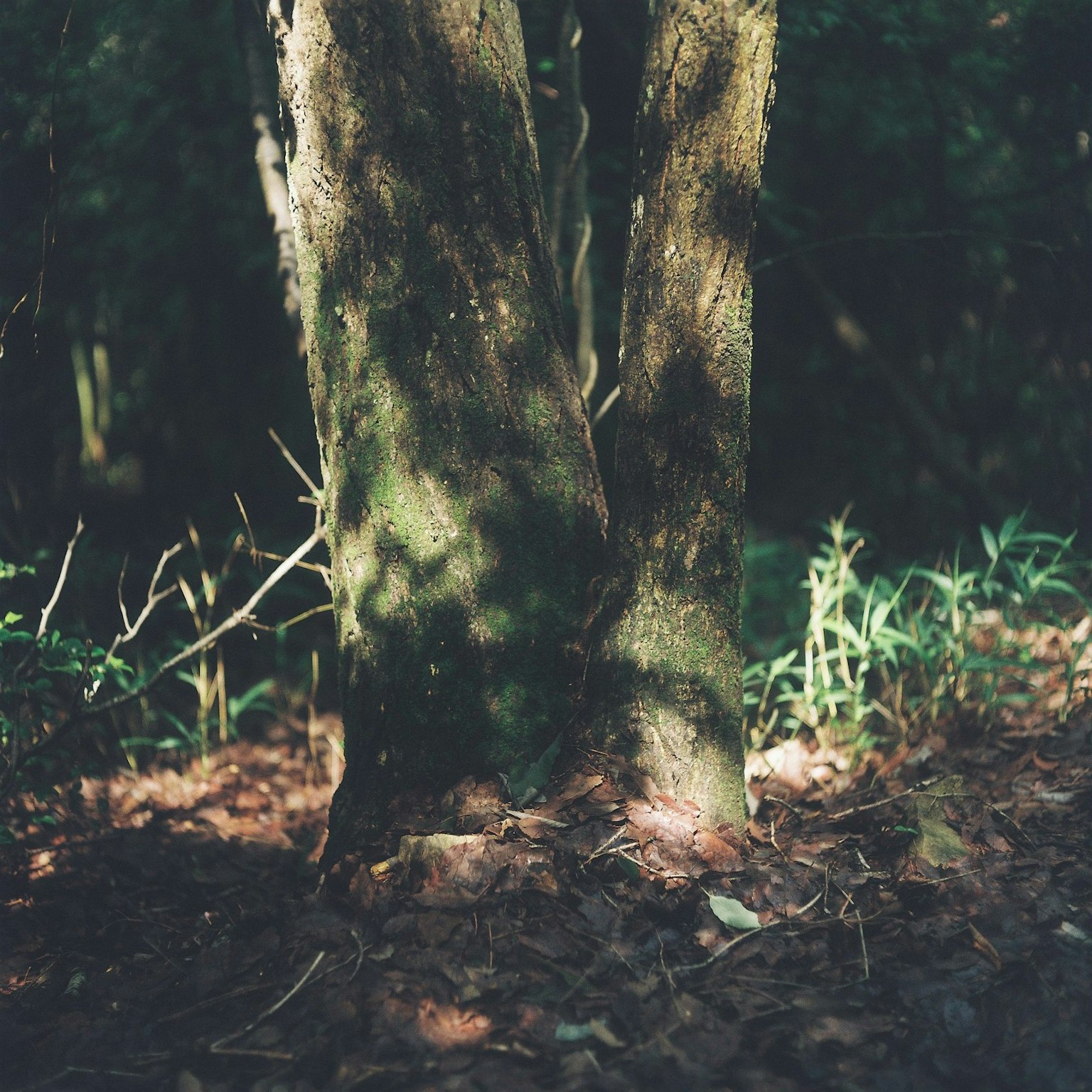
Image by sentimental_jong
Capturing Delicate Details
One of the advantages of medium format cameras is the size of the film. The format of medium format film, which is more than twice the size of 35mm, allows for capturing more details with less noise and smoother tones. Photos taken with medium format film exude an aura incomparable to those taken with 35mm film. Additionally, medium format camera lenses are often of higher quality than those for 35mm film cameras, making them more expensive and less interchangeable, but this consistency in style is also part of the medium format's charm.
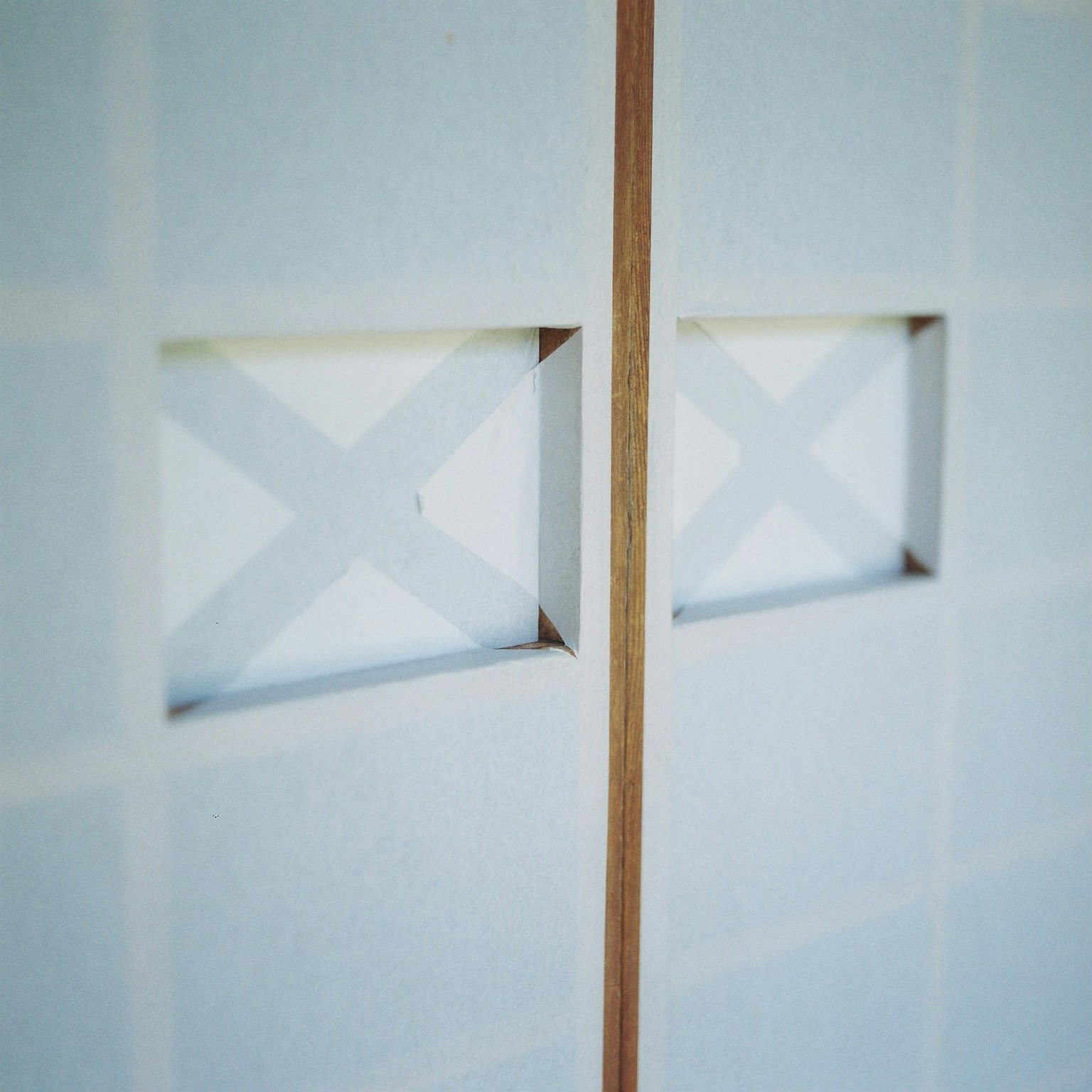
Image by sentimental_jong
Balancing with Squares
Many medium format cameras, such as twin-lens reflex cameras and Hasselblad, often adopt a 6×6 square format, allowing for so-called 'square photos'. The square, as a perfectly balanced shape, lacks dominant axes (horizontal or vertical), directing the gaze in a circular manner across the entire image, creating a visually stable calmness.
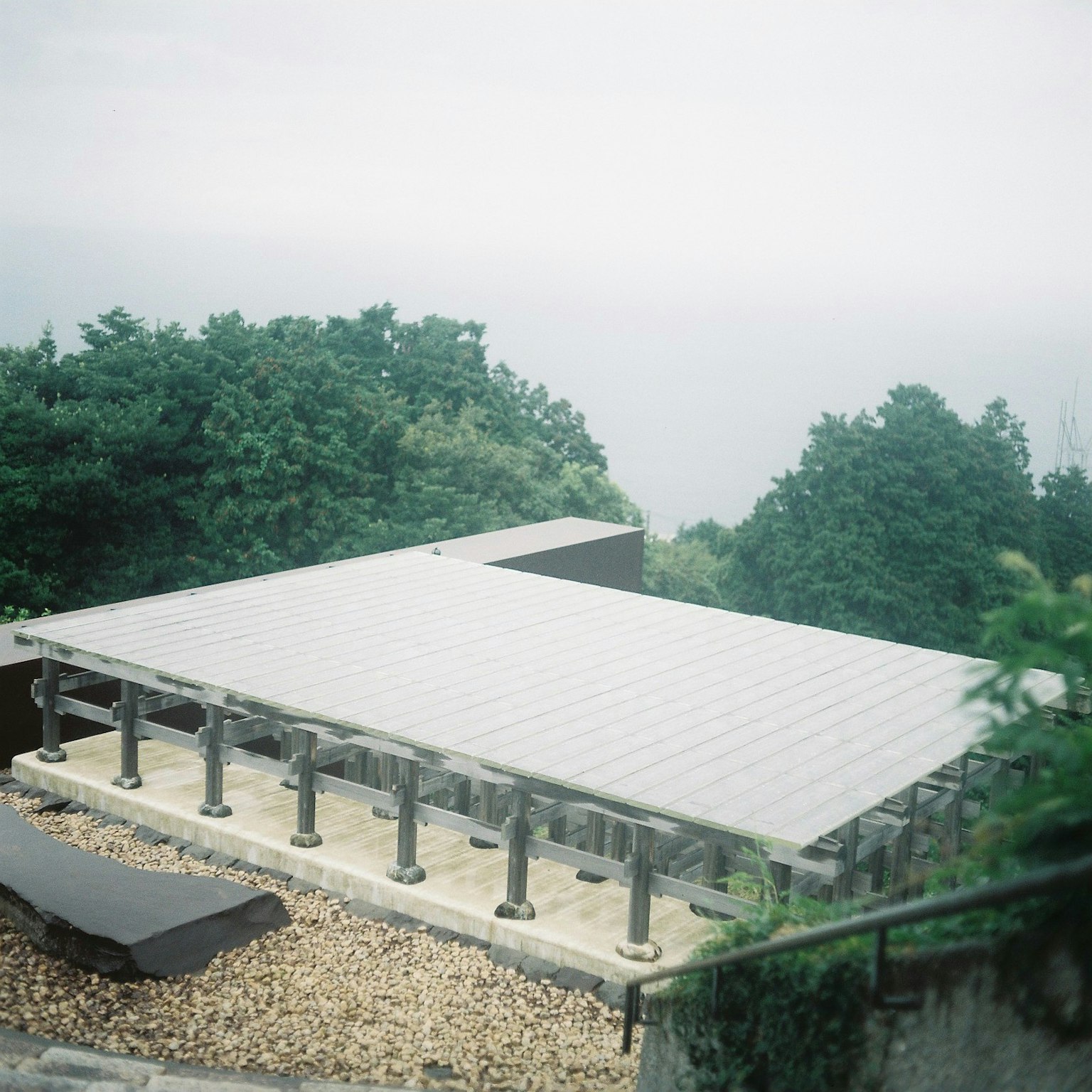
Image by sentimental_jong
Whether digital or film, medium format cameras like Bronica, Yashica, and Fuji often seem expensive, but there are relatively affordable used options like Chinese-made twin-lens reflex cameras or Lomography's 'Diana F+'. These are accessible choices for those mindful of budget.
Once you get hooked, you can't escape the world of medium format cameras!
